Meta-optics: Meta lens for imaging, sensing, and quantum chip
Din Ping TSAI
Department of Electronic and Information Engineering, The Hong Kong Polytechnic University, Hong Kong
Meta-lenses consist of a large number of optical nano-antennas which are capable of focusing the incoming wavefront of light [1-6]. We use a 60 × 60 dielectric achromatic meta-lens array to capture multidimensional optical information. The highest efficiency can be up to 74% at a wavelength of 420 nm, while the average efficiency is approximately 39% over the whole working bandwidth. The light field images and the depth information of objects can be determined by reorganizing the patches of sub-images and calculating the disparity of neighbor sub-images, respectively. The depth information can be used to optimize the patch sizes to render the all-in-focus images without artifacts. The smallest feature of objects that could be resolved in our system is 1.95 μm under the incoherent white light. Our work provides several advantages associated with light field imaging: elimination of chromatic aberration, polarization selectivity and compatibility of the semiconductor process. Considering the flexibility, the achromatic multiplexed meta-lens array with integrated functionalities may be promising for multi-focusing microscopy, high-dimension quantum technology, hyperspectral microscopy, micro robotic vision, autonomous sensing, virtual and augmented reality (VR and AR), drones, and miniature personal security systems [7-10].
References:
[1] S. M. Wang, et al., Nature Comm. 8, 187 (2017).
[2] B. H. Chen, et al., Nature Nanotechnology 13, 227 (2018).
[3] V.-C. Su, et al., Adv. Optical Mater. 6, 1800554 (2018).
[4] H.‐H. Hsiao, et al., Adv. Optical Mater. 6, 1800031 (2018).
[5] R. J. Lin, et al., Nature Nanotechnology, 14, 227 (2019).
[6] L. Li, et al., Science 368, 1487–1490 (2020).
[7] G. Qu, et al., Nature Communications 11, 5484 (2020).
[8] M. K. Chen, et al., Advanced Optical Materials 4, 202001414 (2021).
Acknowledgment: This work was supported by RGC Areas of Excellence Scheme 2020/21 (AoE/P-502/20).

© 2025 · Biophotonics4Future
Leibniz Institute of Photonic Technology
Albert-Einstein-Str. 9
07745 Jena | Germany
www.leibniz-ipht.de



